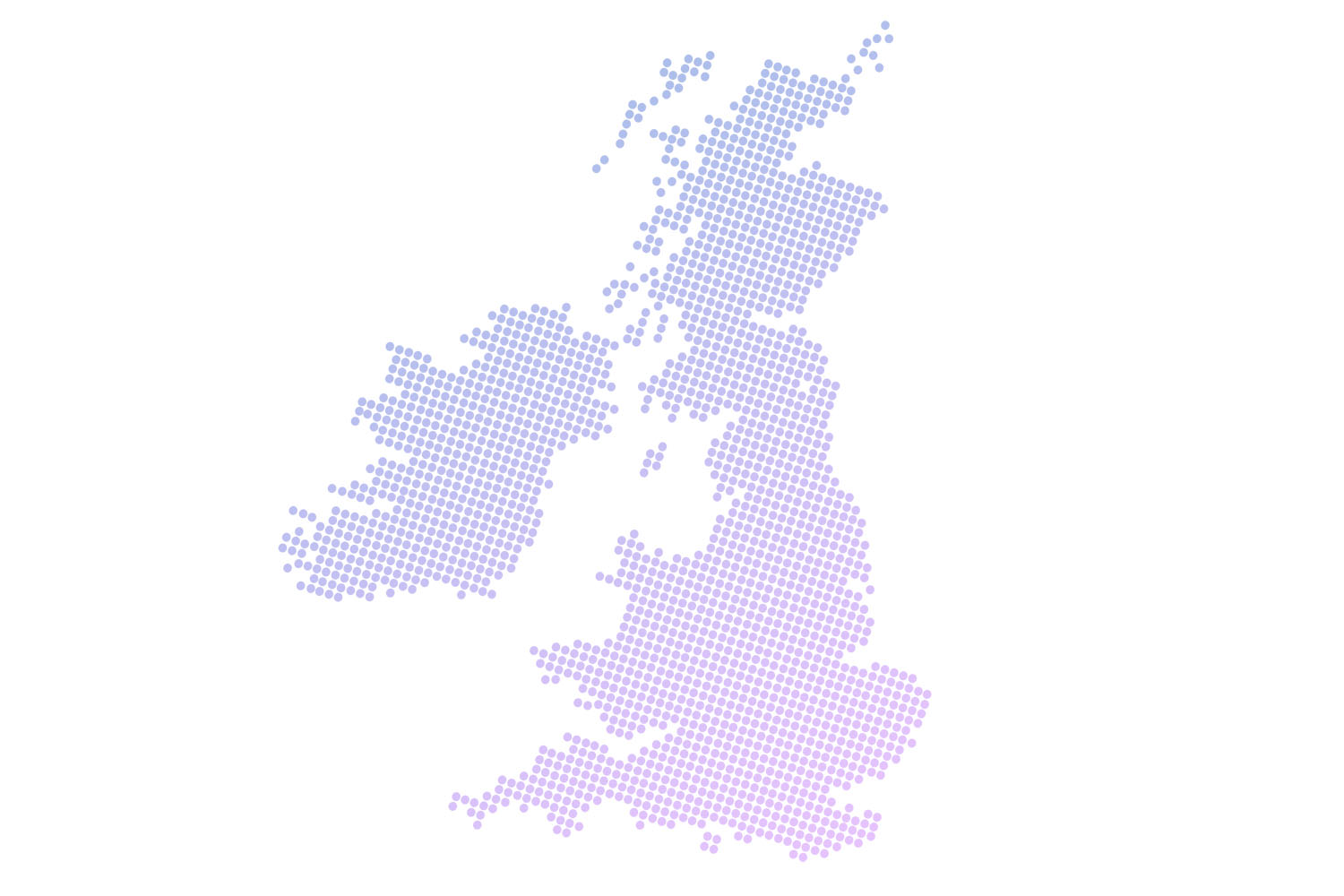Editor's Pick
Which region has seen the biggest hike to its Stamp Duty bill?

There’s been a 29% rise in Stamp Duty revenue from one part of the UK – but which area is bearing the brunt?
It’s the property tax that homebuyers loathe, but Stamp Duty Land Tax has to be paid on all properties costing over £125,000.
Homeowners in the East Midlands have seen the steepest rise in the regional bill, with a whopping 29% hike in the amount of Stamp Duty paid last year, according to the Taxpayers’ Alliance.
The region paid £391m up from £304m in the previous tax year, dwarfing the UK average increase in Stamp Duty of 16%.
After the East Midlands came the North West with a rise of 26.9% taking its bill to £553m and the east of England which saw an increase of 26.6% leading to a bill of £994m.
Jonathan Isaby, chief executive of the TaxPayers’ Alliance has called on new Chancellor Philip Hammond to immediately cut Stamp Duty in half with a view to abolishing it entirely. He also wants to see politicians ease the planning rules so that the UK can start building the number of homes it needs.
Despite seeing the smallest change in its Stamp Duty bill year-on-year; a rise of just 9%, London unsurprisingly racked up the highest cost at £4.3bn.
Isaby said: “We often hear about the impact of high property taxes on the overheated London housing market, but the truth is that they are a massive burden in every region of the UK. High rates of Stamp Duty, business rates and council tax are a significant barrier to getting on the housing ladder or growing a business – and this is exacerbated by restrictive planning policies which mean firms can’t expand and we are building nowhere near enough homes.”
Out of the 30 countries in the OECD (Organisation for Economic Co-operation and Development), the UK has the highest property taxes as a proportion of GDP, standing at 4.1%.